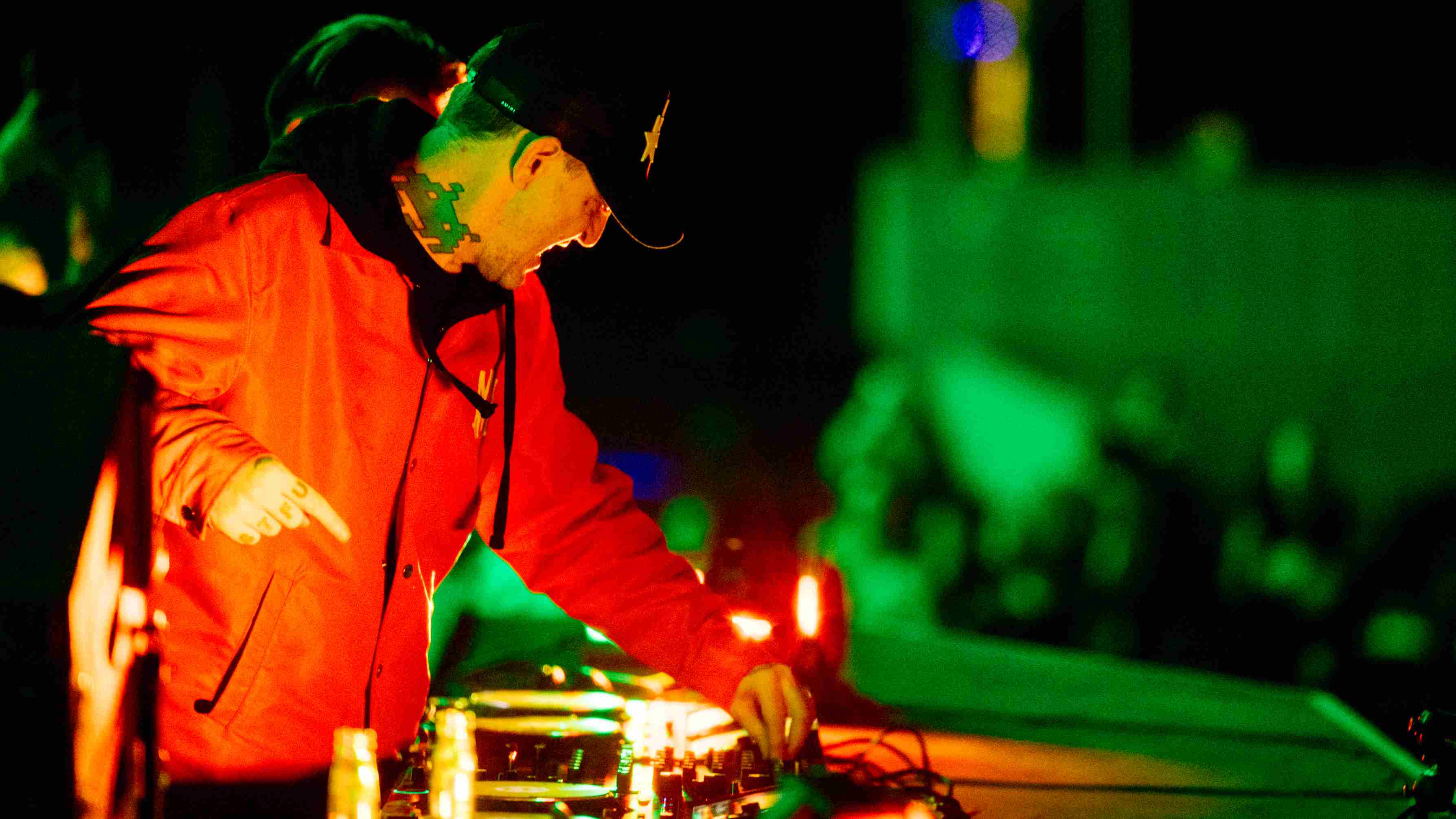Alicia Keys heads to Abbey Road to play two famous upright pianos and discuss the Spatial Audio mixes of her albums
“We’re doing it differently to anybody else,” she claims
We’re assuming that a lot of artists are happy to hand over the ‘spatialisation’ of their back catalogues to a team of engineers, but it seems that Alicia Keys wanted to get a little more involved.
In the video above, you can see her heading into Abbey Road Studios to find out more about the new Spatial Audio mixes of her albums, and confidently claiming that “we’re doing it differently to anybody else.”
Explaining further, she says: “Each song, we actually used the raw files and reimagined the entire mix to be experienced in this 360 way.”
Delving into a little more detail, engineer Ann Mincieli adds that Spatial Audio offers “A space and a depth that you can pan and hear things in a new way… we are able to play with the space, the depth, the panning, the EQs in a different way, still making the music feel and sound like the original record.”
Keys goes on to conclude by saying: “The engineers went in and completely reimagined every note, every sound, every instrument, every voice, so when you’re listening you’re going to hear it in a whole new way… it sounds like you’ve never heard it before.”
Of course, this being Abbey Road and Keys a lover of the keys, the star couldn’t resist jumping on a piano or two while she was in the famous old building. The ‘Mrs Mills’ and Challen uprights, by the looks of things.
You can check out the Spatial Audio mixes of Alicia Keys’ albums on Apple Music.
Get the MusicRadar Newsletter
Want all the hottest music and gear news, reviews, deals, features and more, direct to your inbox? Sign up here.



I’m the Deputy Editor of MusicRadar, having worked on the site since its launch in 2007. I previously spent eight years working on our sister magazine, Computer Music. I’ve been playing the piano, gigging in bands and failing to finish tracks at home for more than 30 years, 24 of which I’ve also spent writing about music and the ever-changing technology used to make it.
"At first the tension was unbelievable. Johnny was really cold, Dee Dee was OK but Joey was a sweetheart": The story of the Ramones' recording of Baby I Love You
"Reggae is more freeform than the blues. But more important, reggae is for everyone": Bob Marley and the Wailers' Catch a Fire, track-by-track









